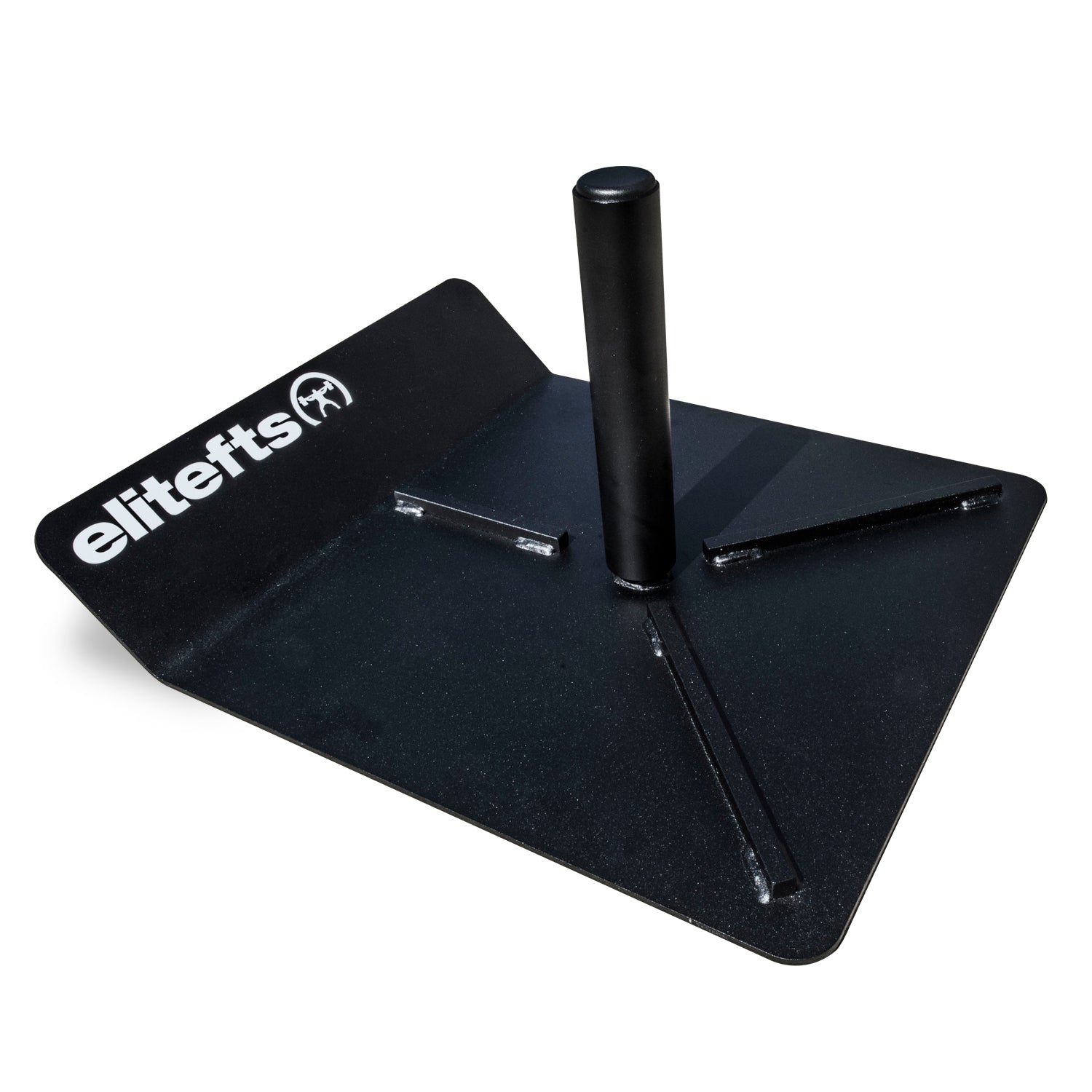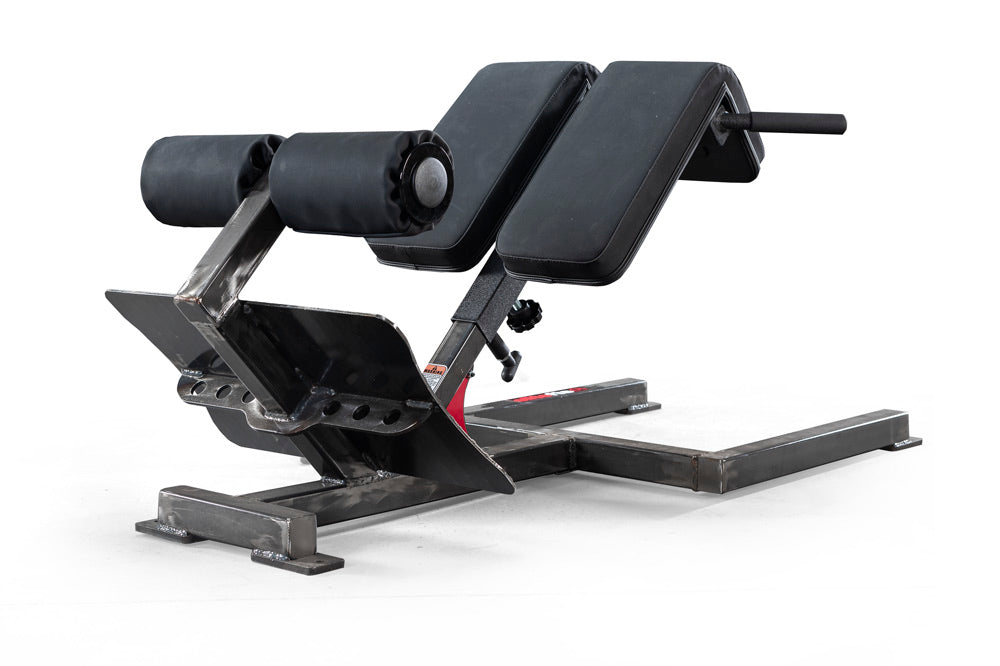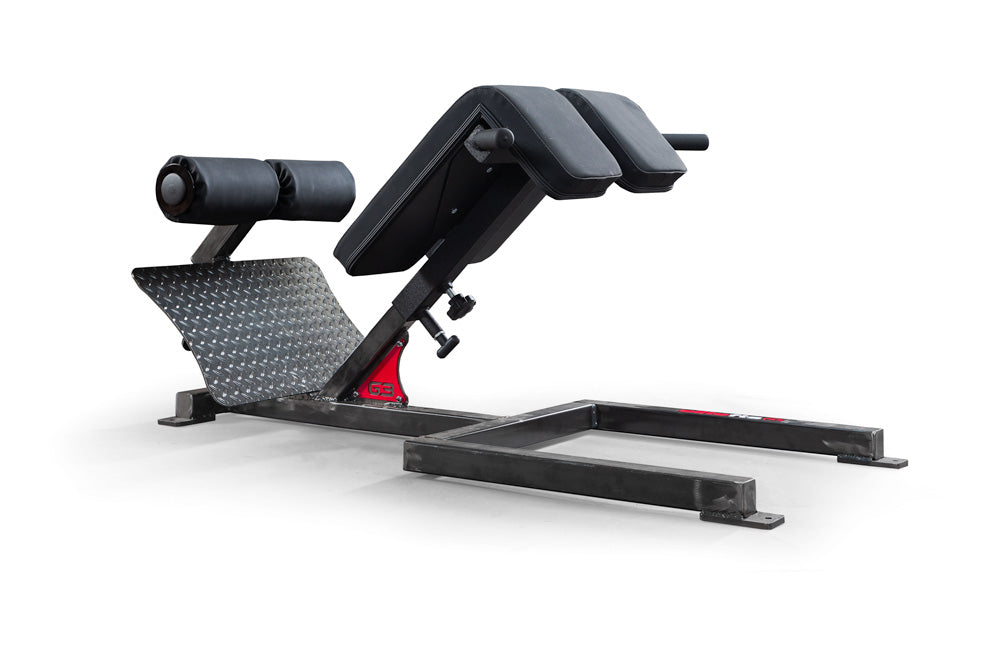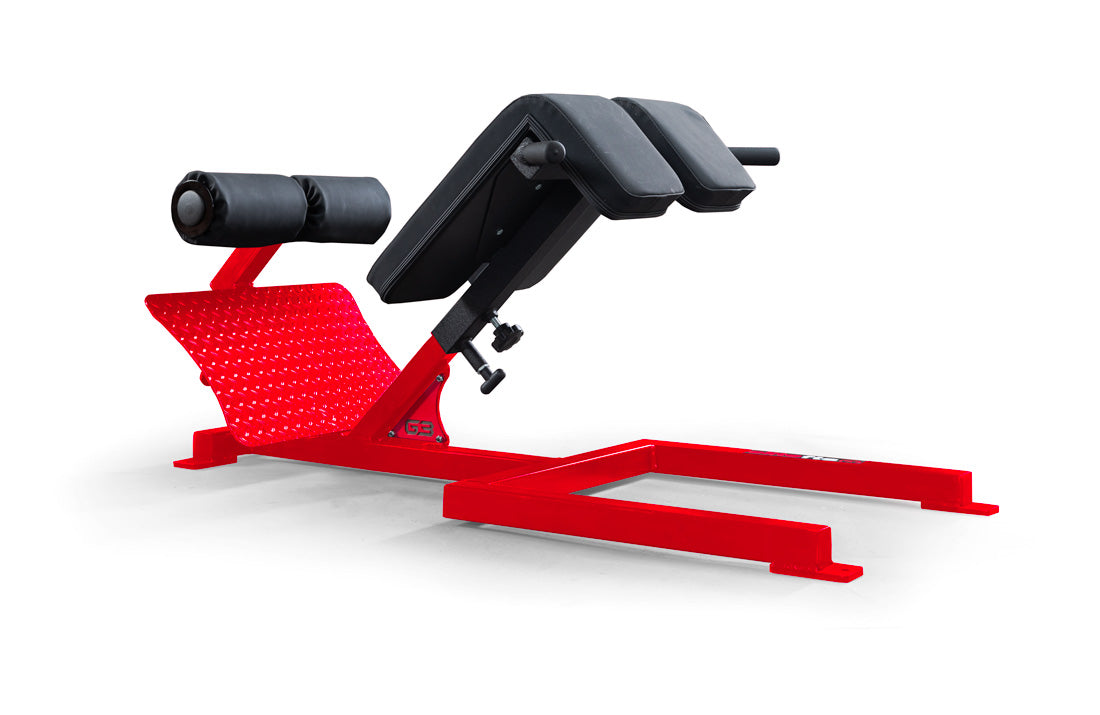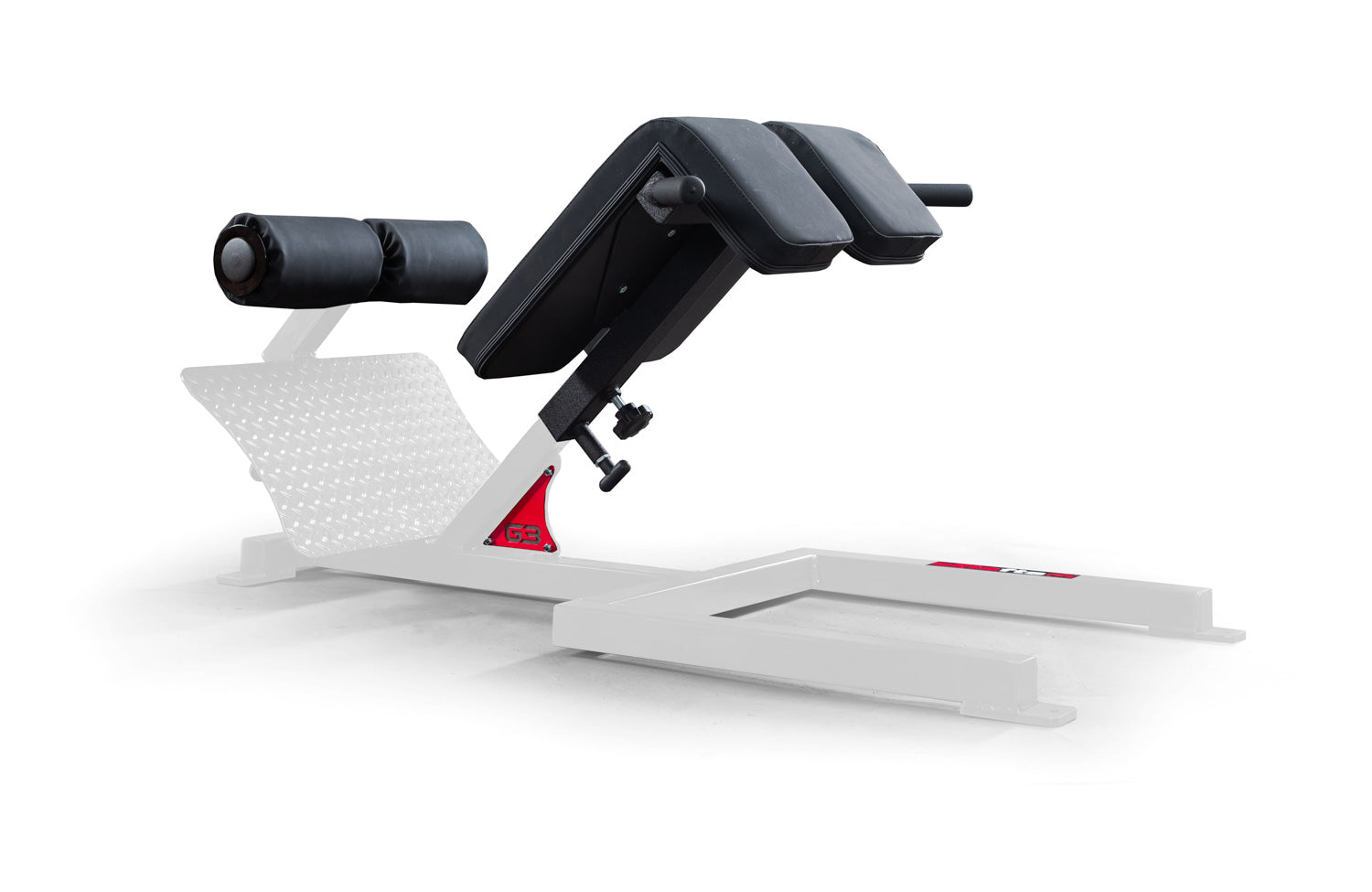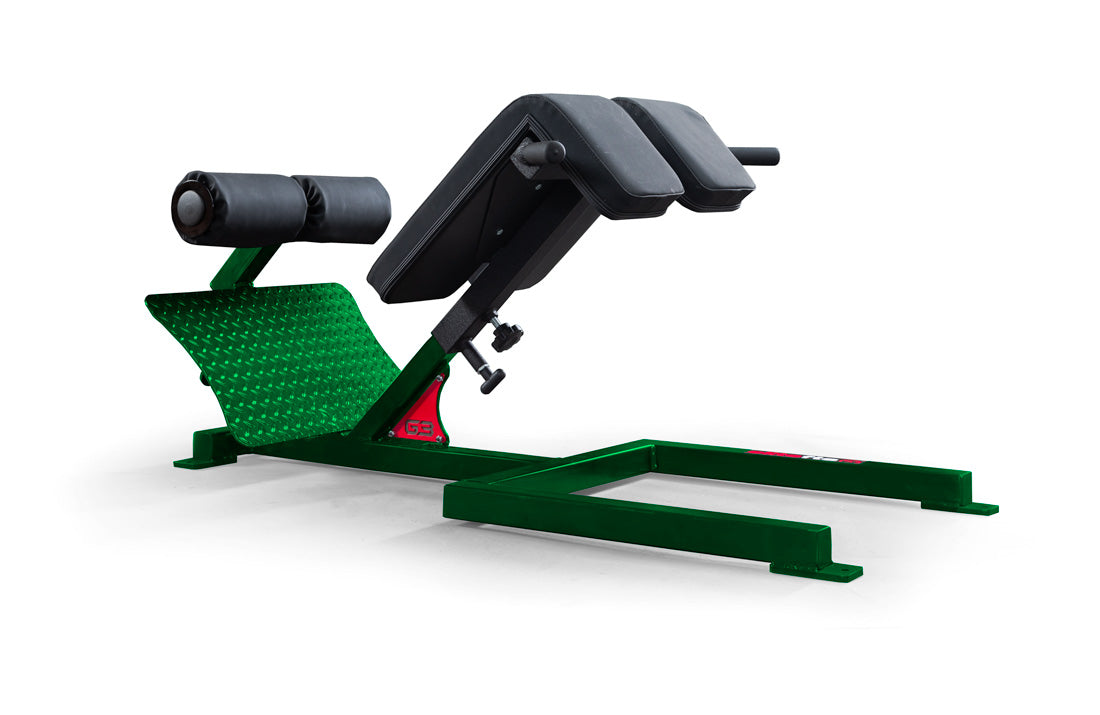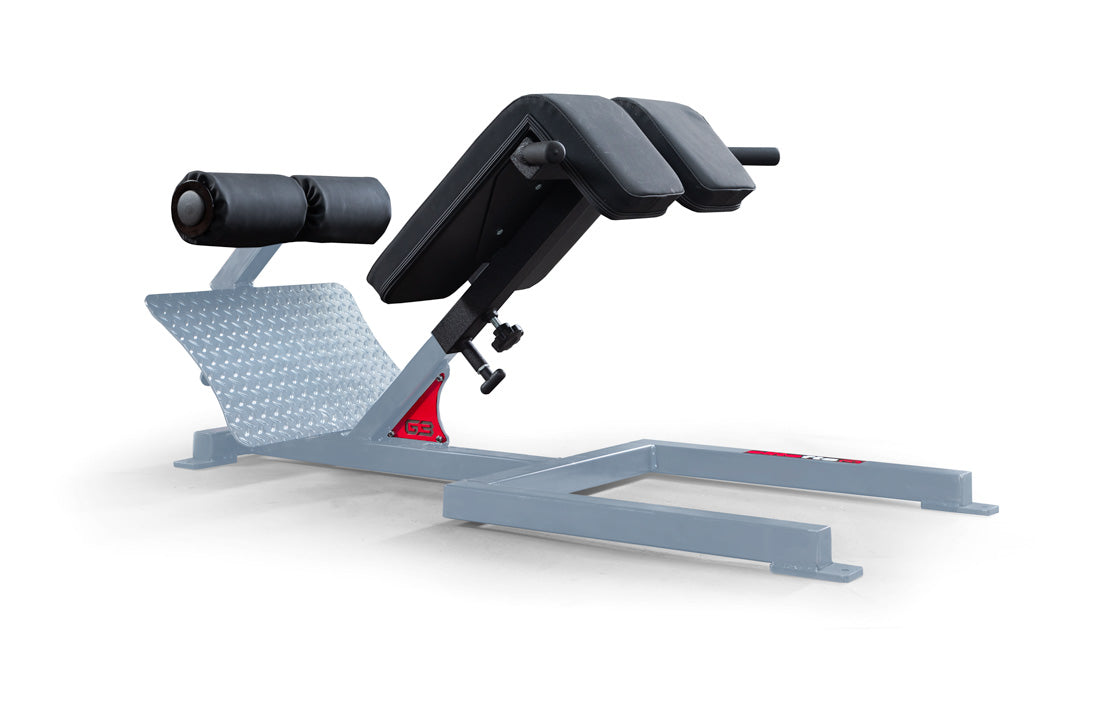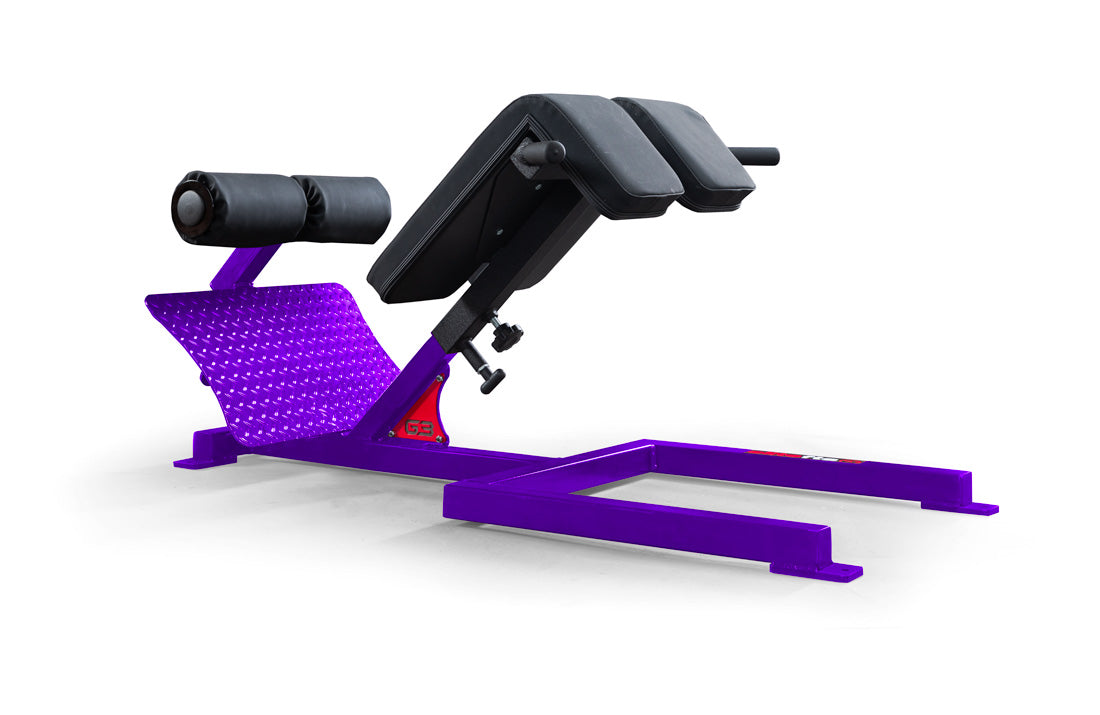- Master body weight: Learn how to use and control your body weight. I’ve seen kids who can’t perform a body weight squat correctly. They just have a coach throw a bar on their back and expect them to do back squats. It isn’t going to happen (and if it does, it sure isn’t pretty.)Learn the basic movements using body weight first. Learn how to perform body weight push-ups, squats, chin-ups, pull-ups, dips, lunges, and crunches correctly.
- Use external resistance: After you’ve mastered your body weight and have control over your muscles, it’s now time to add some resistance. External resistance should come in the form of squats, deadlifts, pushes, pulls, and abdominal/low back flexion/extension/rotation work. The core of any athlete’s program should revolve around these movements.
- Use free weights: Squats are to be performed in a power/squat rack, not a Smith machine. Deadlifts are pulled from the floor, not from the power rack. Presses should be performed with barbells or dumbbells, and overhead presses should be performed standing.
- Perform quickly and explosively but controlled: Perform all movements quickly and explosively but with control. Always explode on every movement. Whether you’re bench pressing or squatting, you need to explode on the concentric (lifting) portion of the lift. Then, control the eccentric (lowering) portion. You will recruit the most muscle fibers this way and teach the body to move quickly. That’s how the body is meant to move in sports—explosively!
- Incorporate single leg movements: The body very rarely works on both feet at the same time in sports. Perform split squats, lunges, step-ups, and one-leg squats in your program.
- Use progressive overload: This is the simplest rule and the easiest to apply. If you progressively overload a muscle, its adaptation response is to get bigger and stronger. If you’re increasing weight or reps each workout, you’re progressing. After 8–16 weeks of progressively overloading, it’s time to vary your lifts a little. Still stick with the basics or variations of and strive to get progressively stronger on those for the next 8–16 weeks. Be sure to keep a journal and record all lifts, weights, reps, sets, rest periods, and other factors such as mood and motivation.
- Don’t vary too often: Variation is good in programs, but mixing it up too often isn’t. I’ve seen athletes perform a different workout every workout for months on end. You have no indicator of progressive overload (see above). If you’re varying your program too often, you’ll have no way to see if you’re making the progress that you’re after.
- Balance both sides of the joint: For each set of horizontal pushing exercise that you perform, you should perform a horizontal pulling exercise (think bench press and bent over row). For each vertical pushing exercise that you perform, you should perform a vertical pulling exercise (think military press and pull-ups). The same goes for the lower body quad and hip dominant exercises (think the squat and deadlift).
- Nutrition is key: Athletes need to pay way more attention to their nutrition. That is beyond the scope of this article because of individualized needs. However, I will hit a few basic points.Athletes need: · Lean proteins with each meal (chicken, fish, turkey, lean beef, and protein powder) · Carbohydrates with the first meal of the day (oatmeal, 100 percent whole wheat bread, brown rice, yams, and fruit) and post-workout/practice meals (simple sugars like Gatorade, baked potatoes, white bread) · Vegetables with most, if not all, meals · 5–6 meals a day (or more depending on goals) · One gallon of water daily (or more)
- Mix it up: Incorporate Strongman type training into your training programs. Farmer’s walks are great for forearm/grip/hand strength as well as the traps, shoulders, and core. Push a car 30 or 40 yards. Talk about working your legs and taxing your cardiovascular system! Run sprints up the nearest open, grassy hill in town. If you have access to old tractor tires, flip them for a full body, triple extension (ankle, knee, hip) workout.





































